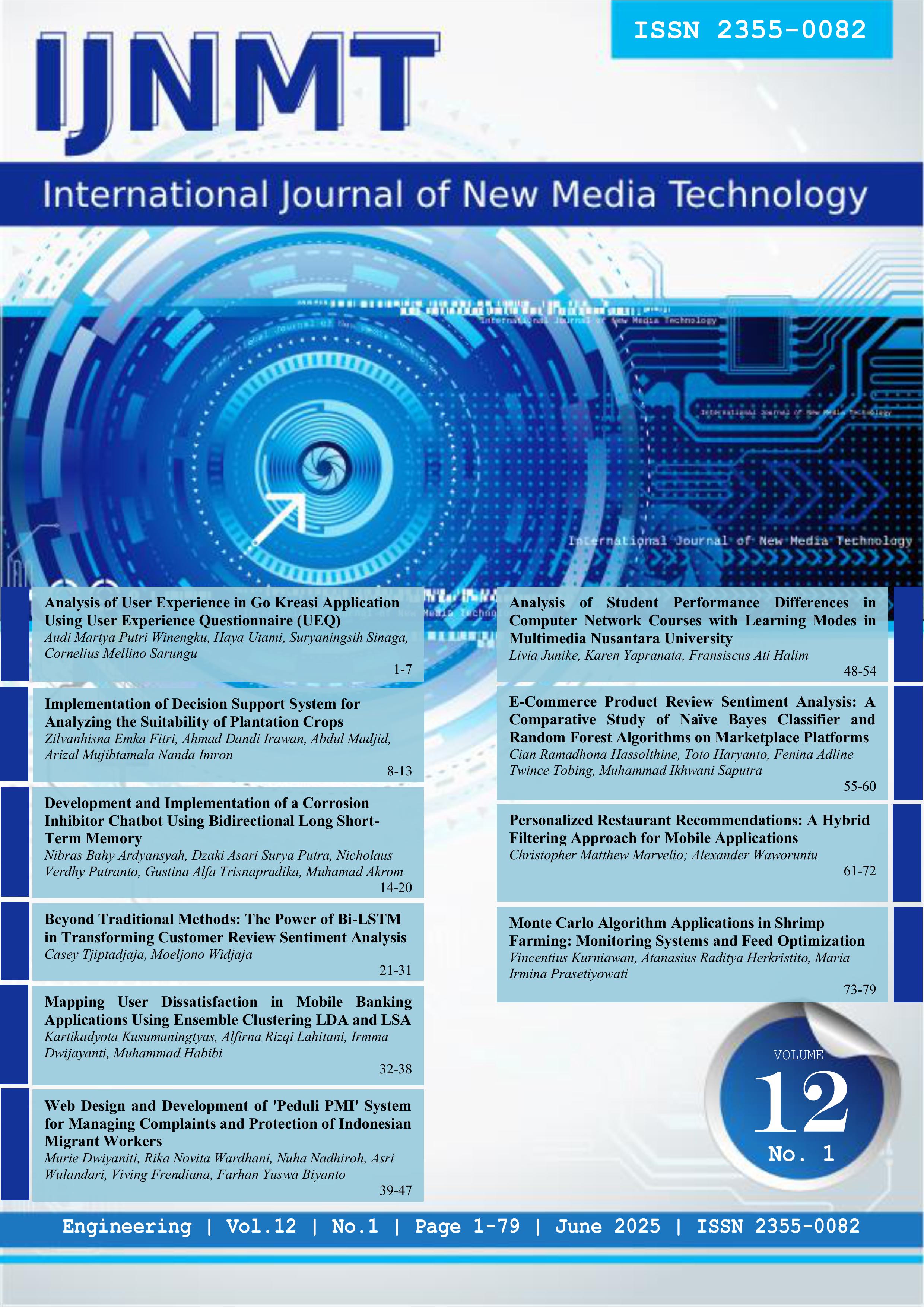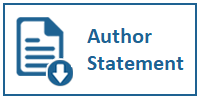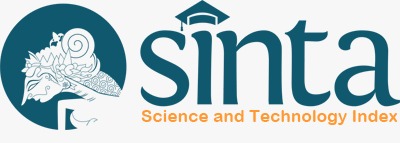Implementation of Decision Support System for Analyzing the Suitability of Plantation Crops
DOI:
https://doi.org/10.31937/ijnmt.v12i1.3575Abstract
The productivity of plantation crops is a priori dependent on the suitability of the land and the quality of the land used. The objective of determining land suitability is to increase the amount of crop production, thereby preventing crop failure. The process of land evaluation entails the assessment of land performance with the objective of predicting the potential and limiting factors for crop production. This allows for the identification of alternative types of agriculture. The application of the Fuzzy Mamdani method to the land suitability assessment website, based on rainfall parameters, soil pH and planting depth, is able to provide a land class assessment while making recommendations for plantation crops as an alternative type of agriculture.
Downloads
Downloads
Published
How to Cite
Issue
Section
License
Copyright (c) 2025 Zilvanhisna Emka Fitri, Ahmad Dandi Irawan, Abdul Madjid, Arizal Mujibtamala Nanda Imron

This work is licensed under a Creative Commons Attribution-ShareAlike 4.0 International License.
Authors retain copyright and grant the journal right of first publication with the work simultaneously licensed under a Creative Commons Attribution-ShareAlike International License (CC-BY-SA 4.0) that allows others to share the work with an acknowledgement of the work's authorship and initial publication in this journal.
Authors are able to enter into separate, additional contractual arrangements for the non-exclusive distribution of the journal's published version of the work (e.g., post it to an institutional repository or publish it in a book), with an acknowledgement of its initial publication in this journal.
Copyright without Restrictions
The journal allows the author(s) to hold the copyright without restrictions and will retain publishing rights without restrictions.
The submitted papers are assumed to contain no proprietary material unprotected by patent or patent application; responsibility for technical content and for protection of proprietary material rests solely with the author(s) and their organizations and is not the responsibility of the IJNMT or its Editorial Staff. The main (first/corresponding) author is responsible for ensuring that the article has been seen and approved by all the other authors. It is the responsibility of the author to obtain all necessary copyright release permissions for the use of any copyrighted materials in the manuscript prior to the submission.















